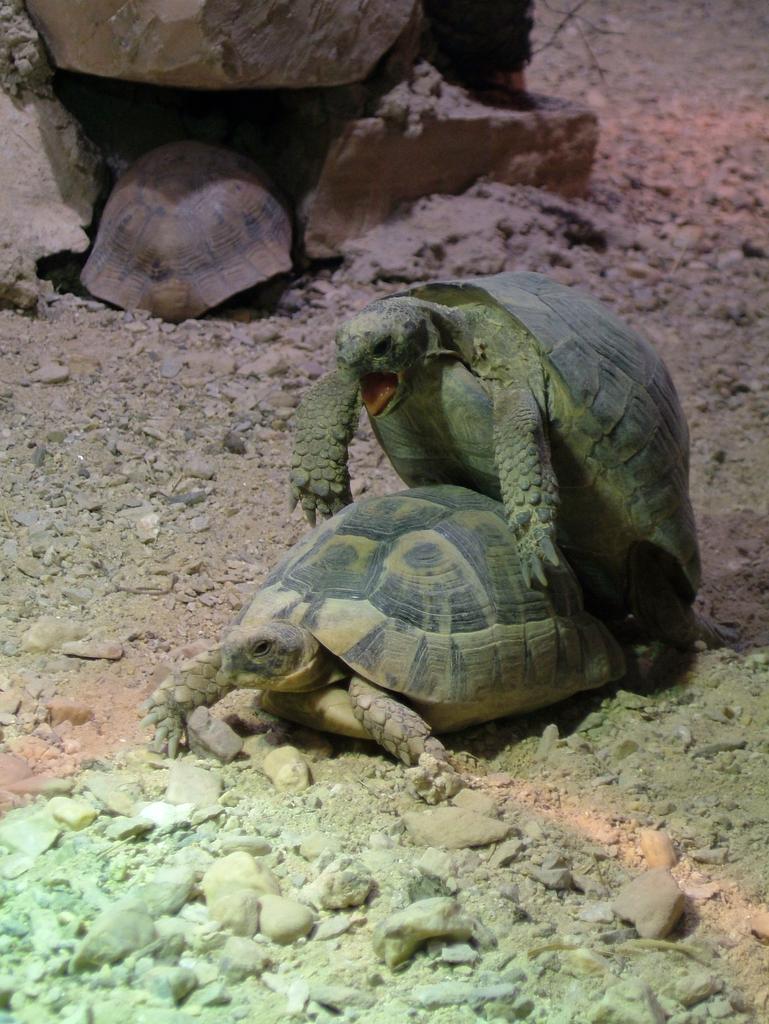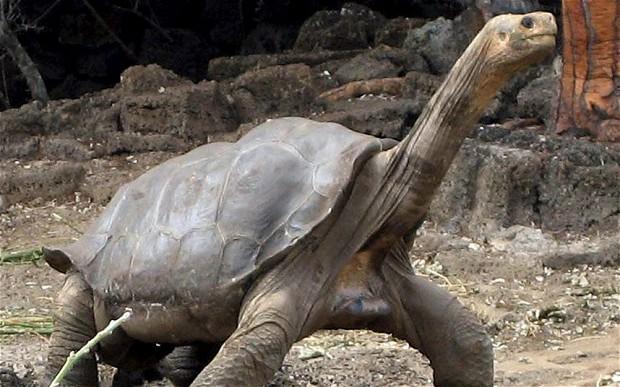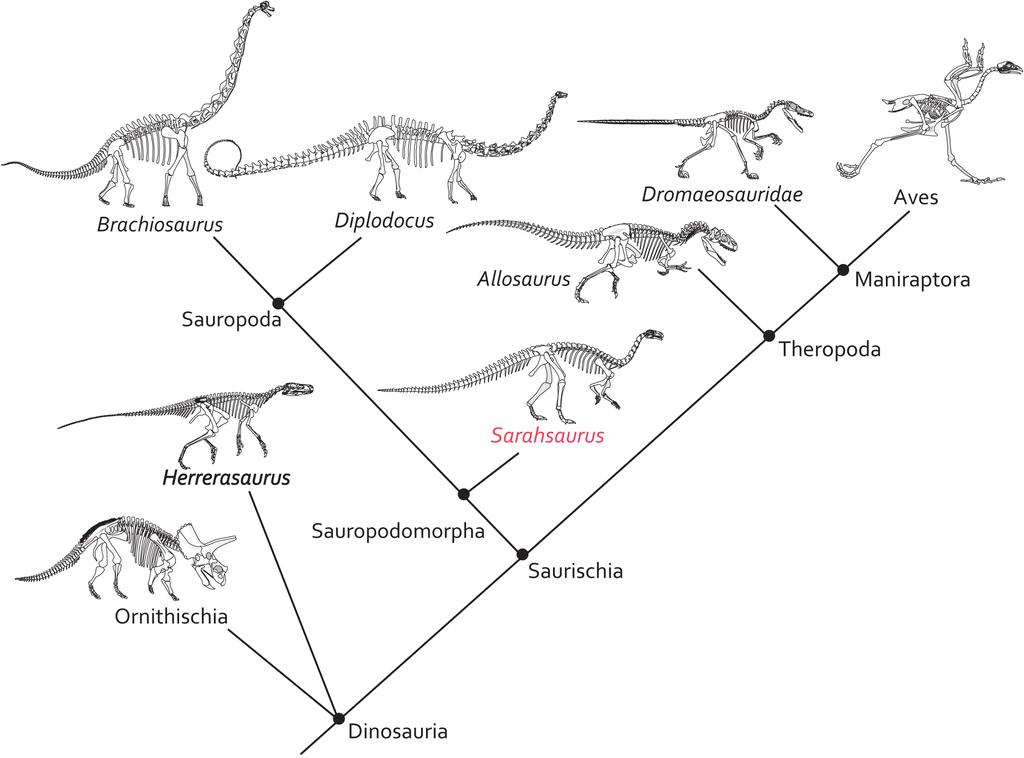Should the Neanderthals be RECREATED?
On
the duty
to recreate extinct species

Karim Jebari
jebarikarim@gmail.com
THree norms prevalent in the environmentalist community
1. Species (especially animal species) have intrinsic value
2. This value implies a duty to not exterminate
3. Mankind has a collective responsibility
Doesn't "duty" imply "right?
Not in an environmentalist framework.
1. Duty is the practical execution of respect.
2. It is often argued that we have duties to future generations, ecosystems etc
RESIDUAL OBLIGATIONS:
FAILURE to abide by a negative duty CREATES A positive duty

which duty?
Prima facie, the duty to reverse the moral transgression, or to reduce the damage from this transgression.
Ex: Blue steals Brown's bike. Now Blue has (at least) a positive duty to return the bike.
Ought implies can
If we are unable to reverse a moral transgression, we cannot have the duty to do so. Extinction has been irreversible.
Until now.
Assume that we can create animals that are (GENETICALLY) identical to NEANDERTHALS
Have we reversed Their extinction?
Before, we need to know what extinction means.
When Is a species extinct?
Before, we need to know what a species is.
WHAT IS A SPECIES?
BIOLOGICAL ESSENTIALISM: reproductive isolation

Problems for BIO-essentialism
1. Species identity is transitive (ring species)
2. Unclear what "reproductive isolation" means
3. We cannot explain properties in animals by virtue of their reproductive isolation

What is a species?
Phylogenetics: lines in the tree of life
Some important aspects of phylogenetics
1. Species are spatiotemporally restricted entities
2. Animals relate to species as parts to a whole rather than members to a class
3. Species emerge when lines branch or merge
So, if phylogenetics is true, can we recreate the neanderthals?
We need first ask another question.
What kind of spatiotemporal relation is sufficient to preserve species identity?
1. A reproductive relation:
Animal A is part of species S iff A was created by an act of sexual reproduction (in a wide sense)
2. A pure spatiotemporal relation:
Animal A is part of species S iff there is spatiotemporal continuity between A and other parts of S.
Why is this important?
Some proposed technologies do not satisfy some conditions.
Three methods that preserve species identity (Neanderthals, for example)
1. Implantation. An neanderthal embryo is implanted in the womb of a human
2. IVF. An embryo is created in vitro with preserved neanderthal gametes. It is then implanted in the womb of a human.
3. Hybridization. If only male or female gametes are available, a neanderthal/human hybrid could be created. The gametes from this hybrid are then combined with more neanderthal gametes. The process is the iterated over a few generations.
Why do they preserve species identity?
1. Implantation and IVF is widely used today. People that have been created this way are considered to be humans.
2. Hybridization occurs occasionally in nature. Unless it is a major event, creating a new species, it will preserve species identity.
None of these methods are possible for neanderthals.
1. We lack neanderthal gametes
2. At least method (3), hybridization would be controversial
However, they might work for recently exterminated species!
So how can we recreate neanderthals?
Cloning!
Three possible cloning strategies:
1. Nucleus transfer
2. Genetic reconstruction
3. Genetic modification
Nucleus transfer
A cell nucleus is retrieved from a neanderthal. Then, the nucleus of a human embryo is replaced with the neanderthal nucleus. The embryo is then implanted in the womb of a human.

Genetic reconstruction
The entire genome of a neanderthal is built and organized into chromosomes. These are then enclosed in an artificial membrane. This is a cell nucleus. The nucleus of a human embryo is replaced with the neanderthal nucleus. The embryo is then implanted in the womb of a human.
Genetic modification
The DNA of a human embryo is modified to resemble the DNA of a neanderthal. The embryo is then implanted in the womb of a human.
Would cloning preserve species identity?
Remember:
1. A reproductive relation:
Animal A is part of species S iff A was created by an act of sexual reproduction (in a wide sense)
2. A pure spatiotemporal relation:
Animal A is part of species S iff there is spatiotemporal continuity between A and other parts of S.
THree conclusions
-
If we accept (1), no cloning method will suffice
-
But if we accept (2), nucleus transfer will be sufficient
- But on no condition will genetic reconstruction or genetic modification preserve species identity.
Summary so far
1. It is now possible to recreate some of the species that we have exterminated
2. We have a moral duty to do so
OBJECTIONS: 1
Are neanderthals really extinct? Some humans have neanderthal ancestors.
Hybridization: two possibilities
Either the hybridization event was significant or it was not.
1. If it was significant, it exterminated the neanderthals and the humans and a (sub) species was created.
2. If it was not significant, the Neanderthals were assimilated (exterminated) without creating a sub species.
Since only some people have neanderthal ancestors, and these people are not considered to be a different sub-species, then (1) cannot be true.
Objections: 2
A distraction. There is an ongoing ecological disaster. Recreating some animals will not solve the problem. Furthermore, if people come to believe that extinction is reversible, they might care less about it.

A duty
The argument I am proposing is not that recreating species would, all things considered, have the best consequences. Rather I claim that we have a moral duty to do so.
OBJECTIONS: 3
Recreated species could disrupt ecosystems, thereby exterminating many more species.
MANAGED ECOSYSTEMS
Many endangered animals live today in managed ecosystems. This is a plausible strategy to avoid disruptive effects.

Restoration is a lie
(a) Restoration confers less value
(b) Restoration confers no value
Problems for Essentialism
1. No plausible definition of "natural"
2. No real argument why certain acts have the power to destroy value.
3. Unclear why we should care about the kind of value Katz is arguing for.
Conclusion
If it is the case that humans did exterminate the neanderthals, we have a moral duty to recreate them if and when this is possible.
(Assuming widely accepted norms in the environmentalist community)
Thank you!
Karim Jebari
jebarikarim@gmail.com
SHOULD THE NEANDERTHALS BE EXTINCT?
By Karim Jebari
SHOULD THE NEANDERTHALS BE EXTINCT?
- 3,401






